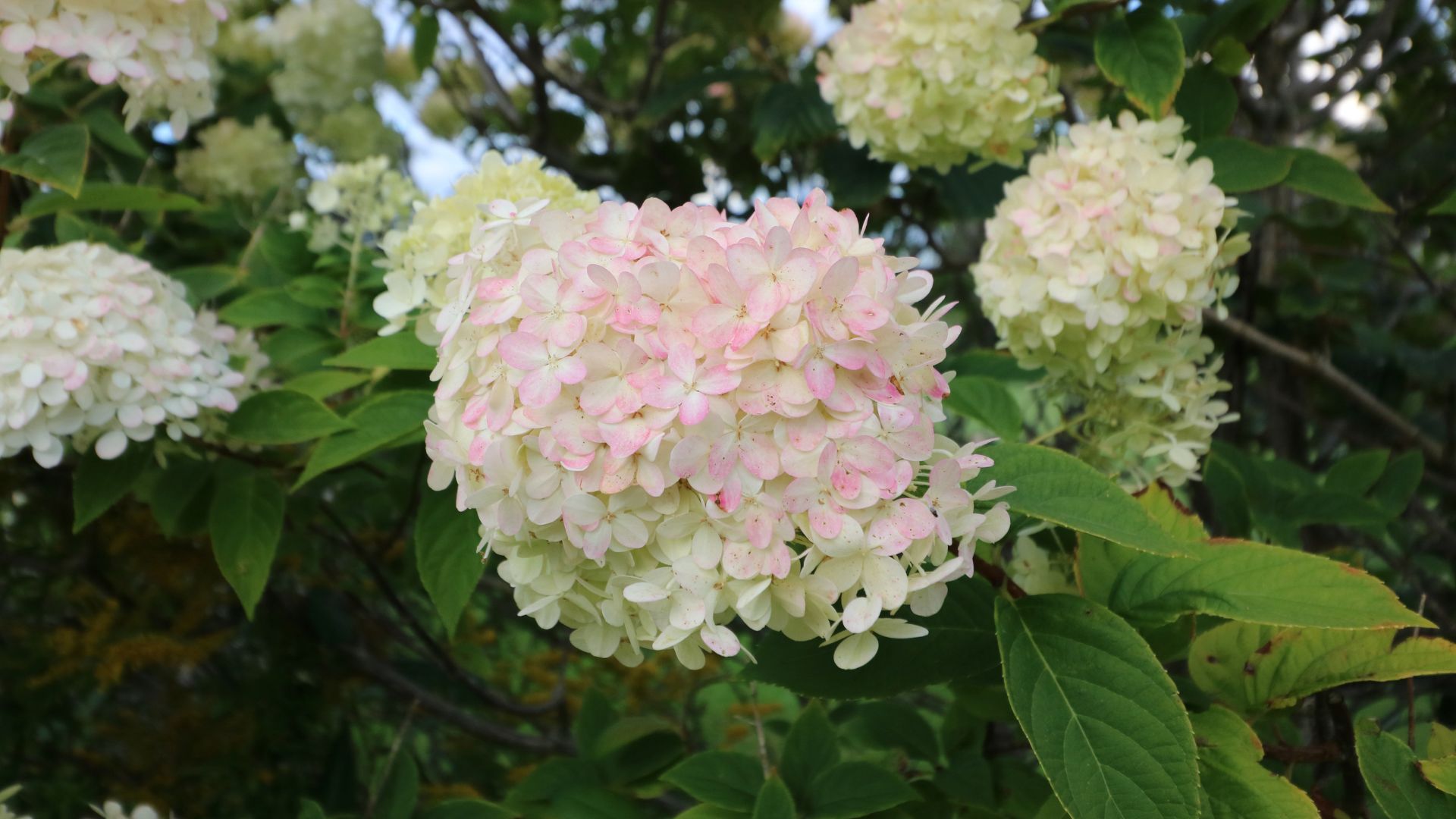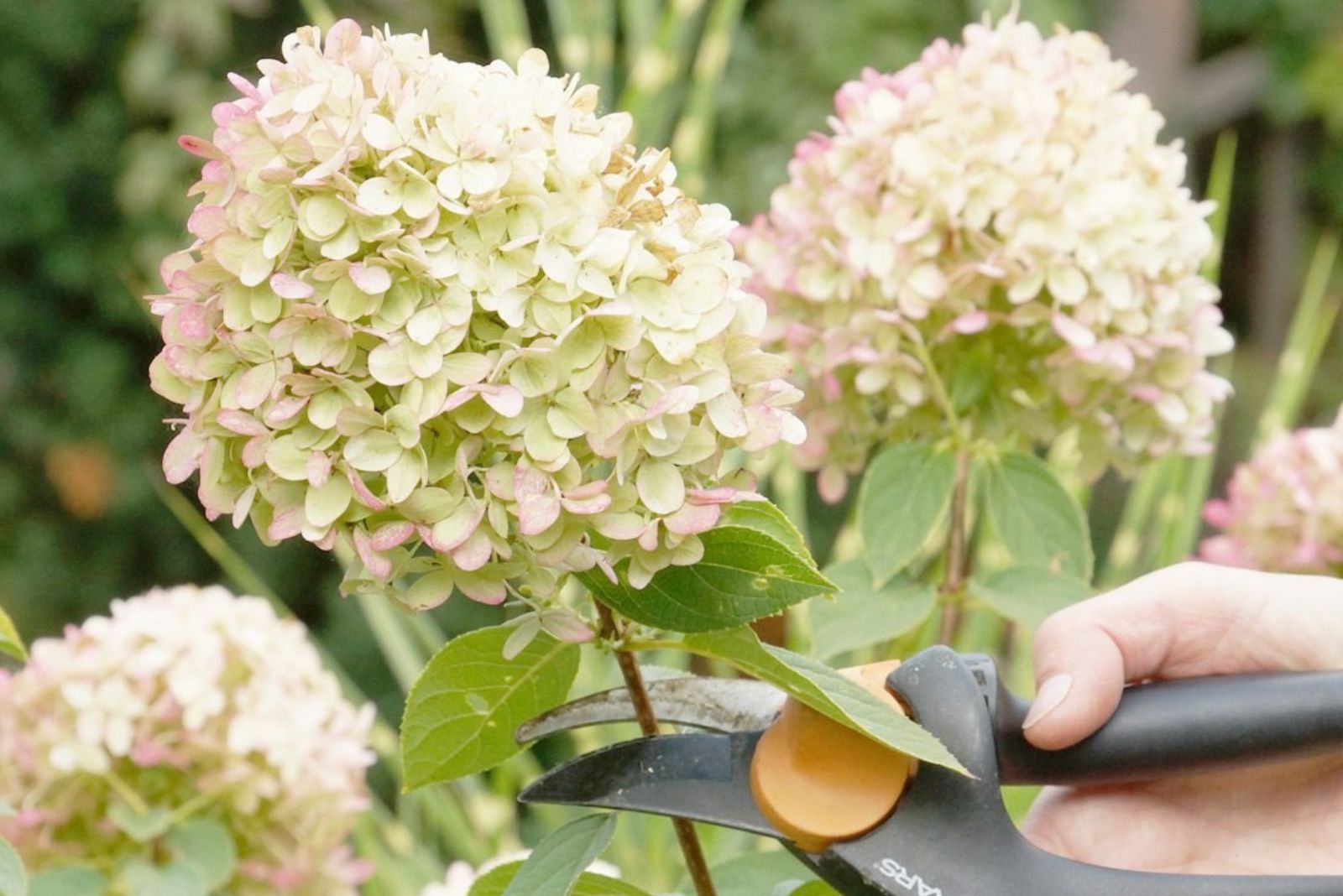The famous panicle hydrangeas are mostly cut during the spring – when new growth appears, you can tell exactly where the buds grow. The greater the size of the bud you prune back, the more robust and vigorous the new growth will be.
However, cutting them in the fall also comes with its benefits. When cutting panicle hydrangeas in the fall, there will be no buds on the branches that could possibly be harmed by heavy snow.
So, if you live in an area with harsh winters and heavy snowfall, a better option would be to prune your hydrangeas in the fall. In this article, we are going to share some tips on how to do it. Stay tuned!
Tips For Pruning Panicle Hydrangeas In The Fall
Before you do anything, you should wait for the plant to enter the dormancy stage. Once the plant has lost all of its leaves, it means that it is dormant. If you prune them too early, this might trigger new growth, especially if the weather is still warm.
Get rid of decaying or diseased parts of the plant first. Then, we get onto pruning. Simply cut back the branches by one-third of their overall length – make sure to cut above the buds.
If a branch has multiple stems extending from it, you can remove each stem separately or cut the main branch back to a bud. Leave about four bud pairs on each stem you prune down because this will promote robust growth and larger flower heads next season.
In case you want to maintain a more classic shrub appearance, cut shoots to 6-inch stubs with roughly two sleeping eyes or dormant buds (that resemble raised spots) beneath the bark – this is where new shots will emerge from.
You might find interesting: Find Out If Pickle Juice Is The Secret To Thriving Hydrangeas
Bigleaf Hydrangeas And Panicle Hydrangeas Are Not The Same
Keep in mind that panicle hydrangeas are not the same as bigleaf hydrangeas. The panicle varieties have so-called panicles – loose clusters of flowers with each flower joined to the primary stem by short stalks spaced equally apart.
However, the more famous ones are the bigleaf hydrangeas, also called Hydrangea macrophylla.
This variety requires very little pruning and, although it might look like it needs pruning when it becomes dormant, you would be removing buds required for flower development the next summer!
Also read: 15 Low-Maintenance Hydrangeas That Are Nearly Impossible To Kill


